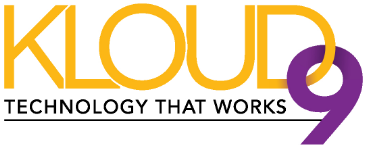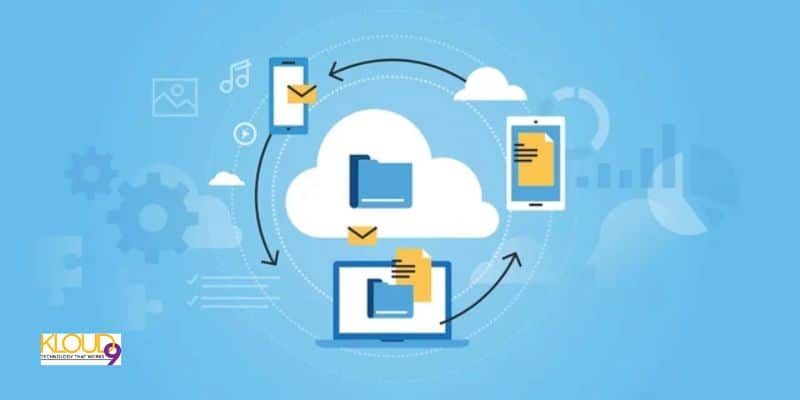In the ever-evolving landscape of technology and business, one term that has become increasingly prevalent is "SaaS"—software as a service. This paradigm-shifting model of delivering software has revolutionized the way businesses operate, from startups to multinational corporations.
The SaaS industry has come a long way, transforming from a niche concept into a fundamental driver of innovation, efficiency, and growth. In this article, we will embark on a journey through the evolution of SaaS, exploring its origins, impact on businesses, and the cutting-edge solutions it offers today.
A Brief Introduction to SaaS
Before delving into its evolution, let us establish a clear understanding of what SaaS is. SaaS, or Software as a Service, is a cloud computing model that provides software applications to users over the internet on a subscription basis. Instead of purchasing and installing software on individual devices or servers, users can access and use the software through a web browser, typically paying a recurring fee. This model eliminates the need for extensive infrastructure, updates, and maintenance, allowing businesses to focus on what they do best.
The Dawn of SaaS
The concept of SaaS has been around for several decades, but it was in the late 1990s that it gained significant attention. The seeds of SaaS were sown by companies like Salesforce, which introduced their cloud-based Customer Relationship Management (CRM) software in 1999. Salesforce's success paved the way for SaaS's rise, demonstrating that businesses could operate more efficiently and cost-effectively by shifting from traditional on-premises software to cloud-based solutions.
This period marked the genesis of the SaaS revolution. As companies realized the potential cost savings, scalability, and ease of use offered by cloud-based software, they began exploring various applications for their businesses. Soon, a wide range of software solutions, from project management tools to accounting software, emerged as SaaS offerings. The SaaS market was no longer limited to a single niche but expanded to cater to diverse business needs.
The Middle Years: Expansion and Consolidation
The SaaS market expanded quickly in the early 2000s. Both new and well-established software firms scurried to take advantage of the trend. They created creative fixes and introduced novel concepts to the market. The SaaS ecosystem grew tremendously as a result, offering companies a wide range of choices.
Among SaaS's main benefits was its capacity to make technology more accessible. Large organizations with huge IT budgets could now access the same high-quality software that was previously only offered to small and medium-sized firms. This created a level playing field and made it possible for smaller businesses to compete internationally.
Furthermore, the competition in the SaaS space led to better features, improved user experiences, and more competitive pricing. Customers were no longer forced to invest in expensive software licenses and infrastructure, and they enjoyed the benefits of constant updates and support from SaaS providers.
The rapid growth of the SaaS market also attracted the attention of major players in the tech industry. Established software giants like Microsoft, Oracle, and Adobe began incorporating SaaS into their portfolios. This led to consolidation and acquisitions within the industry, with large companies acquiring smaller SaaS providers to expand their offerings and stay competitive.
The Modern SaaS Landscape
Fast-forward to today, and the SaaS landscape has undergone a remarkable transformation. The evolution of SaaS has brought about profound changes in the way businesses operate, manage data, and interact with their customers.
1. Improved Integration and Customization:
One of the most significant advancements in the modern SaaS landscape is the emphasis on integration and customization. SaaS providers now recognize the importance of seamlessly integrating their solutions with other software systems that businesses use. This interoperability enhances the overall efficiency and effectiveness of software ecosystems.
Additionally, SaaS providers offer greater customization options, enabling businesses to tailor software to their specific needs. These customization capabilities are a game-changer, allowing businesses to adapt their software to meet their unique requirements while avoiding the costly development of custom in-house solutions.
2. AI and Machine Learning
Artificial Intelligence (AI) and Machine Learning (ML) have made their mark on SaaS, enabling businesses to harness the power of data in unprecedented ways. SaaS solutions now incorporate AI-driven features for data analysis, customer insights, and automation. This not only enhances decision-making but also reduces manual workloads, ultimately boosting productivity and competitiveness.
3. Enhanced Security
As data breaches and cyber threats become more prevalent, SaaS providers have prioritized security. Advanced encryption, multi-factor authentication, and robust access controls are now standard features in many SaaS applications. These security measures are essential to protecting sensitive business information in an increasingly digital world.
4. Mobility and Collaboration
The rise of remote work has pushed SaaS providers to focus on mobility and collaboration. Businesses need to enable their employees to work from anywhere, and SaaS solutions have risen to the challenge. Cloud-based collaboration tools and project management platforms have become indispensable for businesses seeking to maintain productivity in a remote or hybrid work environment.
5. Industry-Specific Solutions
SaaS providers have also recognized the value of industry-specific solutions. Today, businesses can find SaaS applications tailored to their unique needs, whether they operate in healthcare, finance, e-commerce, or any other sector. These specialized solutions streamline processes, reduce compliance risks, and improve industry-specific outcomes.
6. Data Analytics and Reporting
The ability to extract actionable insights from data is a cornerstone of modern business success. SaaS solutions now offer powerful data analytics and reporting tools that empower businesses to make data-driven decisions. This capability enhances competitiveness and helps companies stay ahead in a data-centric world.
The Future of SaaS: Cutting-Edge Possibilities
The evolution of SaaS is far from over. The SaaS industry is continuously pushing the boundaries of what is possible, exploring new technologies and paradigms that promise to transform businesses in the coming years. Here are some cutting-edge possibilities on the horizon:
1. Quantum Computing and SaaS
Quantum computing holds the promise of solving complex problems exponentially faster than traditional computers. SaaS providers are exploring how quantum computing can be integrated into their solutions to tackle intricate problems, optimize operations, and unlock new frontiers in data analysis and simulation.
2. Edge Computing and SaaS
Edge computing, where data processing happens closer to the data source, is gaining traction. SaaS providers are working on solutions that leverage edge computing to reduce latency and provide real-time insights. This will be particularly important for industries like IoT, autonomous vehicles, and augmented reality.
3. Sustainability and SaaS
Sustainability has become a paramount concern for businesses. SaaS providers are increasingly focused on delivering eco-friendly solutions by optimizing data center energy consumption, reducing carbon footprints, and helping businesses measure and reduce their environmental impact.
4. Augmented and Virtual Reality in SaaS
SaaS applications will increasingly incorporate augmented reality (AR) and virtual reality (VR) to provide immersive and interactive experiences. These technologies will revolutionize training, product demos, and remote collaboration.
5. Blockchain and SaaS
Blockchain technology is finding applications beyond cryptocurrency. SaaS providers are exploring how blockchain can enhance security, traceability, and trust in various business processes, such as supply chain management and digital identity verification.
Conclusion
The evolution of SaaS has been a remarkable journey, from its humble beginnings in the late 1990s to its present-day dominance in the business world. It has empowered businesses with cost-effective, scalable, and customizable software solutions that have transformed the way we work, collaborate, and innovate.
As the SaaS landscape continues to evolve, it promises even more cutting-edge solutions that will shape the future of business. From AI-driven analytics to quantum computing and sustainability initiatives, the possibilities are endless. SaaS is no longer just a technology; it is a driving force behind the success of businesses in the digital age.





You must be logged in to post a comment.